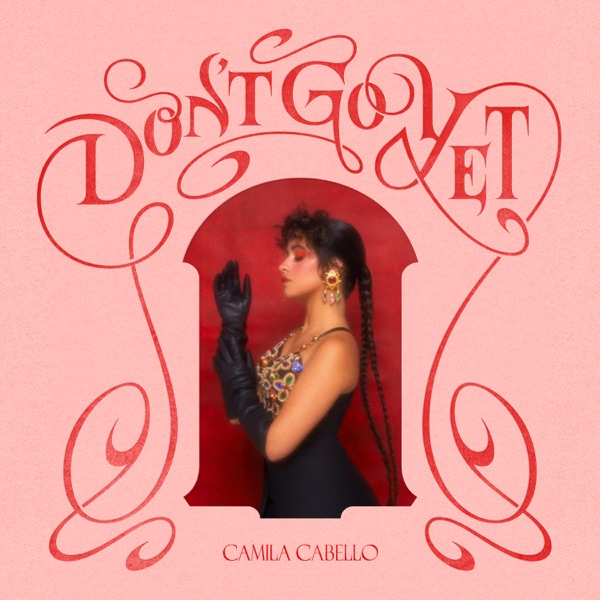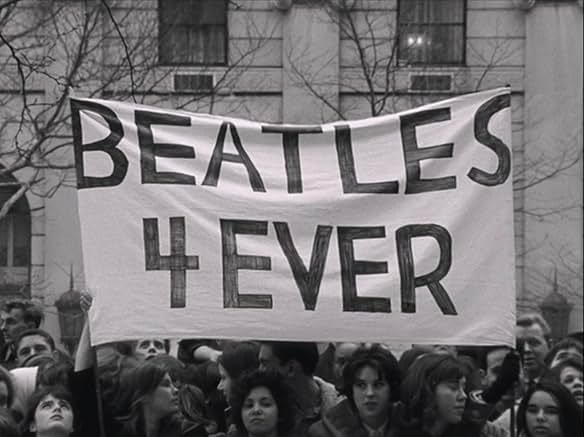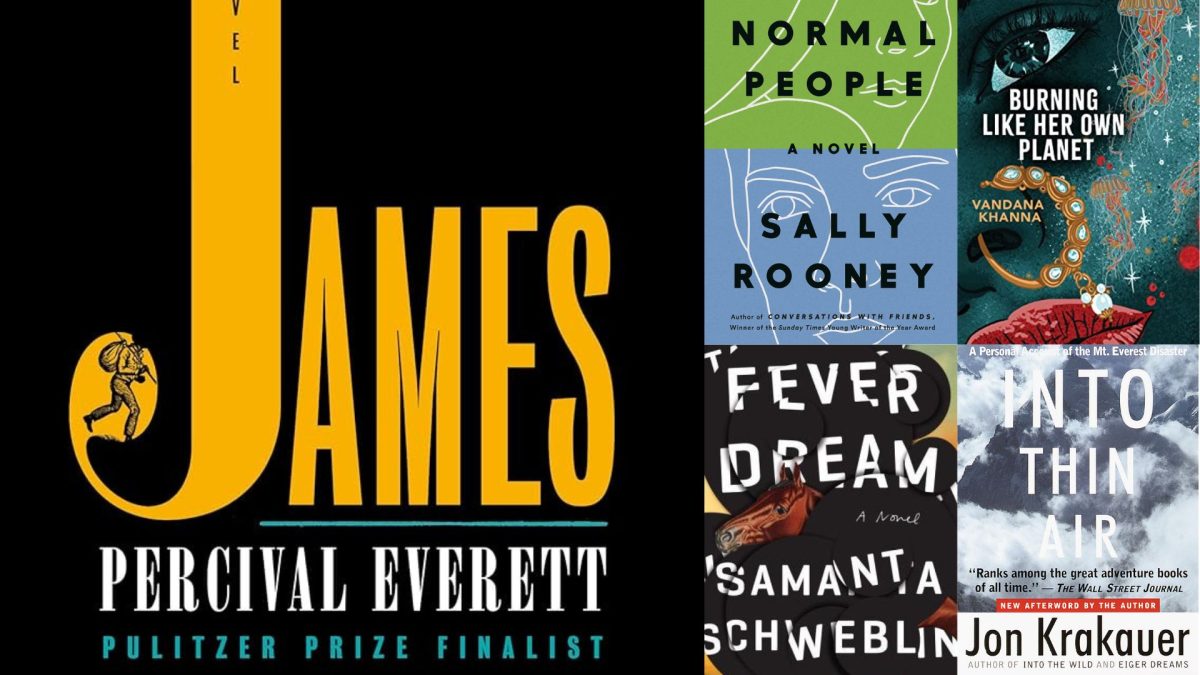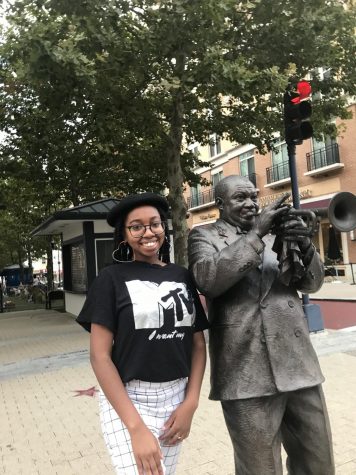
The Cuban Miami music scene is one thing that makes the world go ‘round.
While Cuban music has immensely contributed to the global development of jazz and salsa in addition to other diverse genres native to countries like France, Jamaica and most remarkably, the United States, Miami uniquely embraces Cuban culture unlike any other U.S. city. Its history has included riots, violence and madness, as well as multiple waves of immigration — all of which have pioneered the evolution of Miami’s musical legacy and exemplified the American dream.
Music and dance have always been the heartbeat of Cuba, forging a dynamic and distinct melange of soulful Spanish melodies and traditions blended perfectly with rich African percussion and beats. Dating back to the trailblazing Miami Sound Machine, established in the 1970s by Cuban-American legends Emilio and Gloria Estefan in Florida’s sensational hub for art and culture, up to the latest single from Camila Cabello, “Don’t Go Yet”, this signature sound will never go out of style.
Released on July 23, fans had no idea what to expect from this single as this was Cabello’s first song since her 2019 sophomore album, “Romance,” in addition to the fact that her repertoire consists of pop and R&B — nothing different than what she accomplished with Fifth Harmony. This could also be the result of publicly dating a major pop star.
Creating songs connected to her Cuban-Mexican roots such as her debut single featuring Young Thug, “Havana,” was something everyone knew Cabello was capable of doing again. It was simply a matter of time, and the summer of 2021 — with everyone finally outside after a year of isolation due to the COVID-19 pandemic — presented a perfect opportunity.
Call it crazy to dance in the streets but “Don’t Go Yet” is a lively coastal anthem that encourages exactly this type of behavior. Listeners will feel invited to almost immediately swing their hips — with or without a partner — to the catchy beat.
“Don’t Go Yet” is bound to play on mainstream pop radio stations and may also find its way to Latin stations as it contains a strong percussion section, vibrant claps and the most enthusiastic background singers, making it consistent with the best Cuban music. The single may have been sufficient entirely in English but its bilingual essence produces more flavor and illuminates everything about it. This truly gives the song the potential to sit comfortably at the top of both Latin and American charts, adhering to the textbook method of bridging the American way of life with Cuban culture through music. Emilio Estefan described this magical kiss-of-life fusion as “a cross between hamburgers and rice and beans.”
The song’s purpose is succinct. Cabello is begging her love interest to stay with her instead of leaving and fans who have experienced even an ounce of romance this summer will find this relatable. She attempts to be seductive in her pursuit of persistence (“We’d find a corner, then your hands in my hair”) but during the song’s bridge, a breakdown with less prominent musical instrumentation occurs where Cabello’s background singers lead in Spanish, allowing Cabello to adlib and entice her lover even more (“Know you really wanna, stay a little longer”).
Cuban Miami music tends to follow this pattern of concentrating on romance, but not just any romance. Fun romance.
Aside from the concept of gleeful love found in “Don’t Go Yet,” the song’s other timeless characteristics make it easy head-to-head competition for several Miami Sound Machine hit songs, despite being decades apart.
Whether it’s Cabello’s childlike ‘la, la, la’’s that challenge the puppy-dog love song “1-2-3”, her chant-worthy chorus reminiscent of the iconic “O ey, o ey” from “Rhythm Is Gonna Get You” or the emphasis on dancing like in the remarkably acclaimed “Conga”, it is the radiance of Cabello’s maturity, the lyrics’ playfulness and overall vibrance that make this single fair game for rivalry.
“Miami Sound Machine was always more than just another pop band,” Rolling Stone wrote in 1990. “It became a symbol of the new bilingual, multicultural Miami, and of the aspirations of its huge Cuban community.”
In particular, Gloria Estefan — the shining star of Miami Sound Machine and arguably Miami’s cultural ambassador — took Latin pop to an international mainstream level. Cabello is carrying that torch with “Don’t Go Yet” and it can be easy to compare her to a young Gloria in this colorful single as she authentically presents her Cuban-Mexican culture to fans, reaching a global audience and having fun while doing so.
Cabello has made a name for herself by simply being the first member to break away from Fifth Harmony to pursue solo ventures and with “Don’t Go Yet”, she can maintain groundbreaking momentum as an entertainer by releasing music that encapsulates the iconic Cuban Miami sound, guaranteed to take her to another level.
If this is the future of Cuban Miami music, there is definitely hope.








